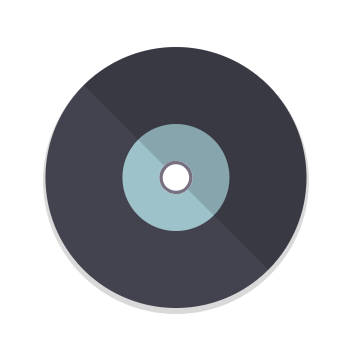

Patiently wait for the Format Process to be completed, after which it should show up in the Finder window. On the confirmation pop-up, type a Name for the External Drive > select the desired Format type and click on the Erase button. Open Disk Utility > select the External Hard Drive in sidebar and click on Erase. Note: The format process will wipe out the entire data on the disk. To fix this issue, you need to Format the External Drive to a macOS compatible File Format. Reformat External DriveĪs mentioned above, you won’t be able to use the External Drive, if it is in NTFS format. If not, try to manually mount the External Drive. If the First Aid tool is able to fix the problem, the Drive should now appear in the sidebar. On the confirmation pop-up, click on Run to confirm. Open Disk Utility > select External Hard Drive in the sidebar and click on First Aid. The built-in “First Aid” tool on Mac can be used to fix corrupted files and other issues, which might be preventing the External Drive from functioning properly on your Mac. On Disk Utility screen, select the External Hard Drive in the side-bar and click on the Mount tab. Press Command + Option (Alt) + Spacebar keys to open spotlight search > type Disk Utility in the search bar and double-click on Disk Utility in the search results. Manually Mount External Hard Drive on Mac If the External Drive is still not being recognized by Mac, you may have to manually mount the Drive using Disk Utility.


 0 kommentar(er)
0 kommentar(er)
